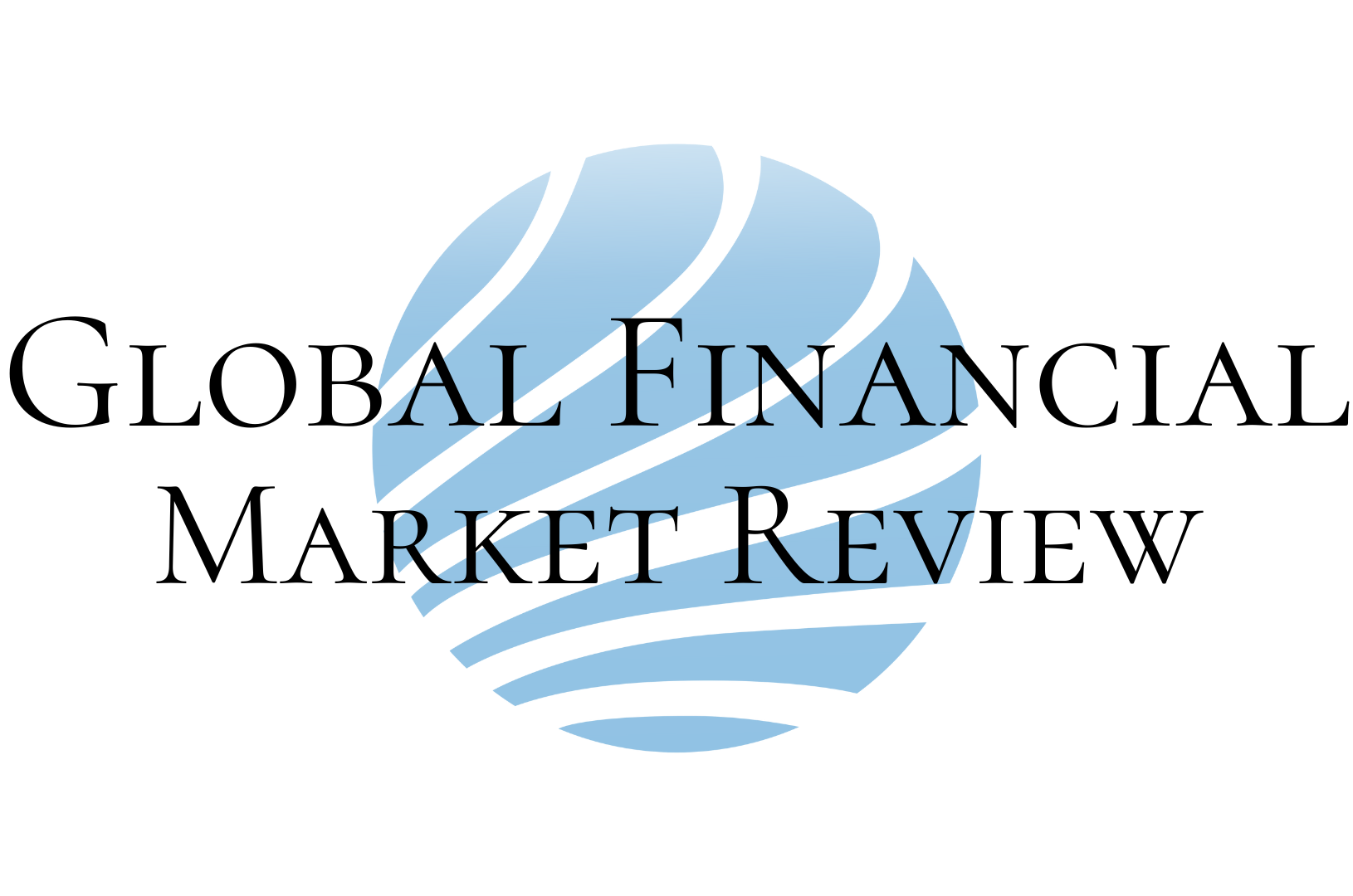At the request of the State Bank of Vietnam (SBV), banks would not pay dividends in cash this year to reserve resources to address the effects of the Covid-19 epidemic, which focused on reducing interest rates to support businesses. Therefore, many banks had chosen a plan to pay a high share dividend of shares this year, to both satisfy the shareholders and to supplement their charter capital to expand their business.
At the annual meeting of the general Meeting of Shareholders on June 13, HCM City Development Joint Stock Commercial Bank (HDBank) shareholders approved the plan to pay dividends in shares and bonus shares with the total ratio up to 65 percent the highest division of the banks this year. Specifically, based on the after-tax profit of more than 4.020 trillion dong in 2019, after setting aside funds, plus the retained earnings of previous years, HDBank would pay 50 percent stock dividend and issuing additional 15 percent bonus shares from the equity surplus to increase charter capital. After the issuance, the charter capital of HDBank would increase by more than 6.2 trillion dong to more than 16 trillion dong.
Another bank with a fairly high dividend rate was Asia Commercial Joint Stock Bank (ACB). Explicitly, on June 16, ACB’s general Meeting of Shareholders approved the plan to issue shares to pay a 30 percent dividend. After successful issuance, the bank’s charter capital would increase sharply by nearly 5 trillion dong to over 21.6 trillion dong. ACB expected to pay dividends in Q4/2020. Do Minh Toan general director of ACB, said that initially, the bank planned to pay 20 percent dividend and 10 percent cash, but due to the disease situation, the Board of directors submitted to SBV to pay all in shares.
A series of other banks also planned to share dividends by shares this year, such as Joint Stock Commercial Bank for Foreign Trade of Vietnam (Vietcombank), Saigon Hanoi Commercial Joint Stock Bank (SHB), Tien Phong Commercial Joint Stock Bank (TPBank), Military Commercial Joint Stock Bank (MB MBBank), with the typical ratio of 10 percent to 20%. In particular, TPBank had approved the plan of 2019 profit distribution with the other idea was a stock dividend of 20%, equivalent to 1.633 trillion dong. After issuance, TPBank’s charter capital would increase to nearly 10.2 trillion dong. TPBank Chair Do Minh Phu said that the capital increase would be implemented in Q3-Q4/2020.
Meanwhile, SHB general Meeting of Shareholders also approved a stock dividend of 10 percent to raise its chartered capital to over 19.3 trillion dong. With the additional equity (over 1.7 trillion dong), SHB would use 400 billion dong to invest in technology and fixed assets to develop its business network. More than 1.3 trillion dong was used to expand the loan scale.
The three banks that would hold the general Meeting of Shareholders next week were MBBank, Vietcombank, and Lien Viet Post Joint Stock Commercial Bank (LienVietPostBank). These would also submit to shareholders a plan to increase charter capital. Currently, the charter capital of MBBank was 23.37 trillion dong and the bank expected to rise to 27.988 trillion dong through the method of issuing shares to pay dividends at the rate of 15%. The time of capital increase implementation expected in Q3-Q4/2020.
Vietcombank said that if the capital could not be raised, it would not ensure the capital adequacy ratio as prescribed, which would affect the bank’s ability to provide credit to the economy. Accordingly, Vietcombank planned to issue shares to pay dividends in 2018 at the rate of 18%, equivalent to 6.675 trillion dong, and the expected implementation time was in the second half of 2020. After successful issuance, the charter capital of Vietcombank would increase to 43.764 trillion dong.
LienVietPostBank also wanted to issue shares to pay 10 percent dividend to increase its charter capital to over 10.7 trillion dong.
In fact, the stock dividend was the preferred option of banks in recent years compared to cash dividends due to the increasing requirements for capital adequacy standards following the international practice. A bank with a high capital adequacy ratio, and meeting international standards would have many advantages in mobilising international bonds, borrowing capital from foreign financial institutions. Moreover, banks that soon met the Basel II capital adequacy ratio were also given priority by SBV to provide a higher credit growth than the premises.


